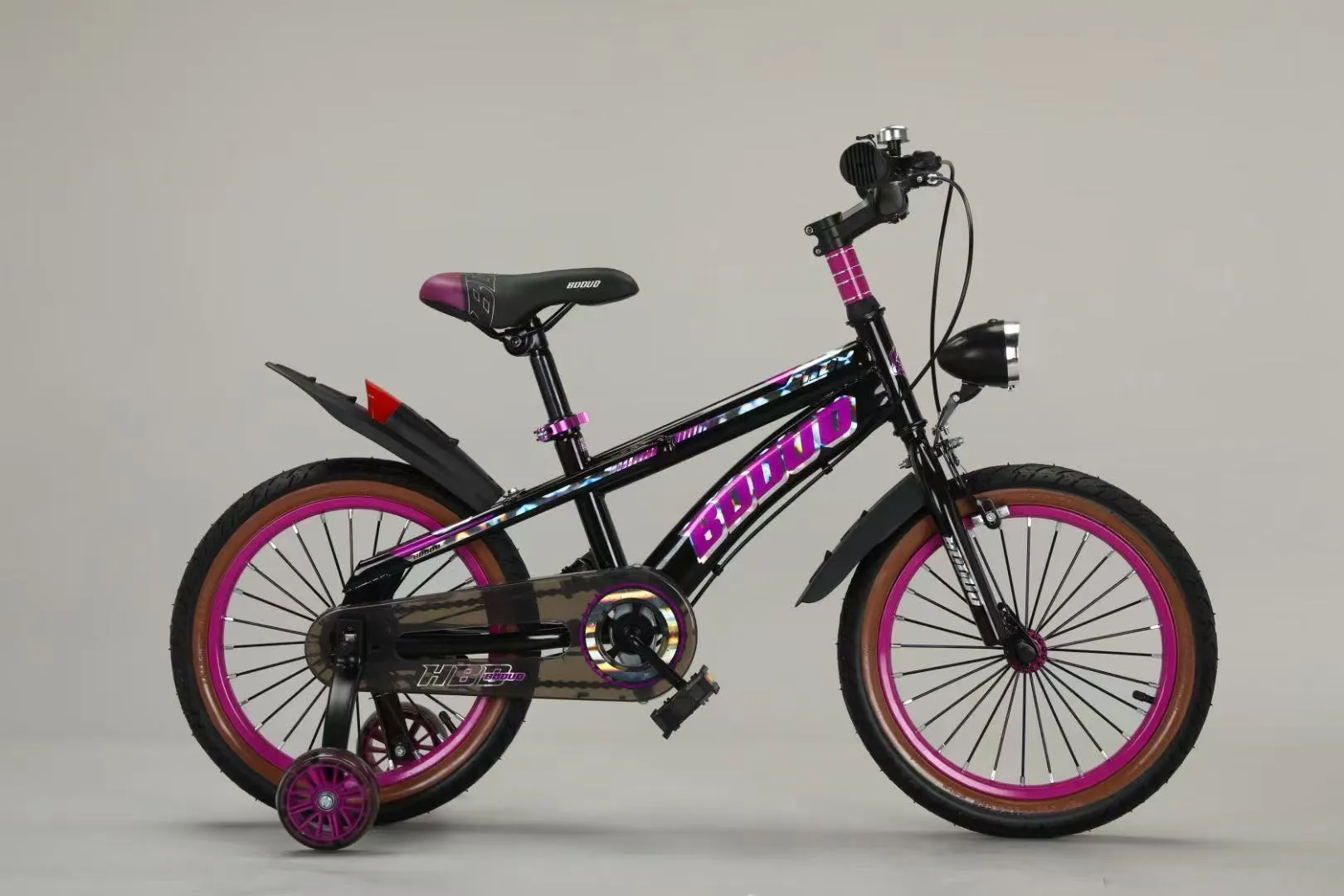
- Afrikaans
- Albanian
- Amharic
- Arabic
- Armenian
- Azerbaijani
- Basque
- Belarusian
- Bengali
- Bosnian
- Bulgarian
- Catalan
- Cebuano
- Corsican
- Croatian
- Czech
- Danish
- Dutch
- English
- Esperanto
- Estonian
- Finnish
- French
- Frisian
- Galician
- Georgian
- German
- Greek
- Gujarati
- Haitian Creole
- hausa
- hawaiian
- Hebrew
- Hindi
- Miao
- Hungarian
- Icelandic
- igbo
- Indonesian
- irish
- Italian
- Japanese
- Javanese
- Kannada
- kazakh
- Khmer
- Rwandese
- Korean
- Kurdish
- Kyrgyz
- Lao
- Latin
- Latvian
- Lithuanian
- Luxembourgish
- Macedonian
- Malgashi
- Malay
- Malayalam
- Maltese
- Maori
- Marathi
- Mongolian
- Myanmar
- Nepali
- Norwegian
- Norwegian
- Occitan
- Pashto
- Persian
- Polish
- Portuguese
- Punjabi
- Romanian
- Russian
- Samoan
- Scottish Gaelic
- Serbian
- Sesotho
- Shona
- Sindhi
- Sinhala
- Slovak
- Slovenian
- Somali
- Spanish
- Sundanese
- Swahili
- Swedish
- Tagalog
- Tajik
- Tamil
- Tatar
- Telugu
- Thai
- Turkish
- Turkmen
- Ukrainian
- Urdu
- Uighur
- Uzbek
- Vietnamese
- Welsh
- Bantu
- Yiddish
- Yoruba
- Zulu
Feb . 16, 2025 12:42 Back to list
hybrid vs mountain bike
Deciding between a hybrid bike and a mountain bike can significantly affect your outdoor cycling experience, whether you're an enthusiast looking for a versatile companion or an athlete seeking a machine to conquer trails. With years of experience in cycling and extensive research into bike design, performance, and usability, I'll delve into the unique characteristics of both hybrid and mountain bikes to establish a thorough understanding of which might suit your needs best.
Consideration of the bike's gearing is equally crucial. Hybrid bikes generally offer a moderate range of gears suitable for varied terrain but not as extensive as those found on mountain bikes. Mountain bikes typically have a wider gear range, facilitating intricate control over speed and power; this is vital when encountering inclines or technical trails. Expert guidance suggests a hybrid bike for individuals whose riding scenario predominantly includes city streets or groomed trails, satisfying the need for comfort and adaptability without excessive specialization. In contrast, mountain bikes are endorsed for dedicated adventurers and thrill-seekers who prioritize performance over comfort, engaging primarily with rugged landscapes and technical tracks. Ultimately, the selection between a hybrid and a mountain bike should be contingent upon the rider's specific needs and intended usage. Hybrid bikes efficiently bridge the gap between casual riding and the occasional off-road venture, whereas mountain bikes symbolize durability and performance in demanding terrains. Choosing the right bike demands reflecting on your lifestyle, the typical terrains you encounter, and future cycling ambitions. Consulting with bike professionals or testing various models can provide experiential insights pivotal in your decision-making process. The debate between hybrid and mountain bikes doesn’t yield a universal answer, but understanding your personal needs ensures a choice that optimizes your cycling experience.


Consideration of the bike's gearing is equally crucial. Hybrid bikes generally offer a moderate range of gears suitable for varied terrain but not as extensive as those found on mountain bikes. Mountain bikes typically have a wider gear range, facilitating intricate control over speed and power; this is vital when encountering inclines or technical trails. Expert guidance suggests a hybrid bike for individuals whose riding scenario predominantly includes city streets or groomed trails, satisfying the need for comfort and adaptability without excessive specialization. In contrast, mountain bikes are endorsed for dedicated adventurers and thrill-seekers who prioritize performance over comfort, engaging primarily with rugged landscapes and technical tracks. Ultimately, the selection between a hybrid and a mountain bike should be contingent upon the rider's specific needs and intended usage. Hybrid bikes efficiently bridge the gap between casual riding and the occasional off-road venture, whereas mountain bikes symbolize durability and performance in demanding terrains. Choosing the right bike demands reflecting on your lifestyle, the typical terrains you encounter, and future cycling ambitions. Consulting with bike professionals or testing various models can provide experiential insights pivotal in your decision-making process. The debate between hybrid and mountain bikes doesn’t yield a universal answer, but understanding your personal needs ensures a choice that optimizes your cycling experience.
Next:
Latest news
-
The Ultimate Kids' Four-Wheeler Experience
NewsJul.09,2025
-
The Ultimate Guide to Mountain Bikes: Gear Up for Your Ride
NewsJul.09,2025
-
The New Age of Cycling: Electric Bikes for Every Rider
NewsJul.09,2025
-
The Best Kids Bicycles: Ride in Style and Safety
NewsJul.09,2025
-
The Best 3-Wheel Scooters for Kids: Fun, Safety, and Adventure
NewsJul.09,2025
-
Revolutionize Your Ride: Affordable Electric Bikes
NewsJul.09,2025
-
Finding the Perfect Mountain Bike for Every Rider
NewsJul.09,2025



